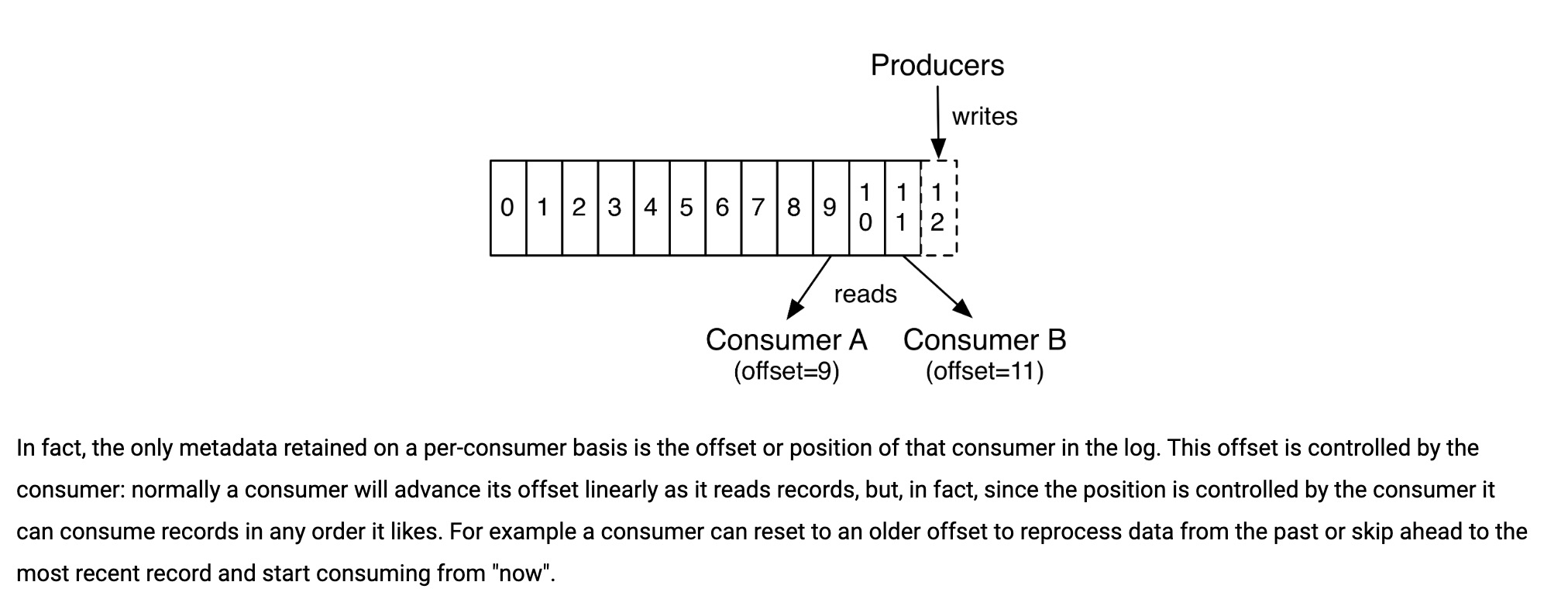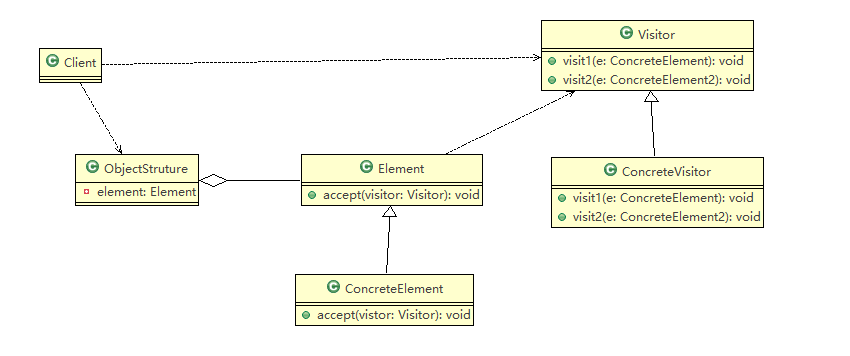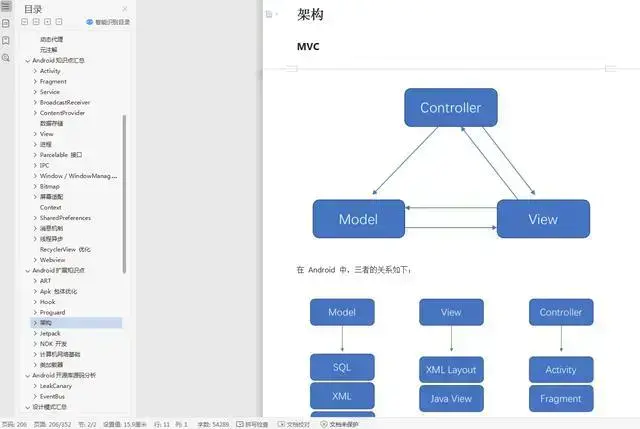Java四舍五入
Java有四舍五入函数—Math.round,通过一个例子看看他的用法:
- package math;
- public class MathRoundTest {
- /**
- * Math类中提供了三个与取整有关的方法:ceil,floor,round,
- * 这些方法的作用于它们的英文名称的含义相对应,例如:ceil的英文意义是天花板,该方法就表示向上取整,
- * Math.ceil(11.3)的结果为12,Math.ceil(-11.6)的结果为-11;floor的英文是地板,
- * 该方法就表示向下取整,Math.floor(11.6)的结果是11,Math.floor(-11.4)的结果-12;
- * 最难掌握的是round方法,他表示“四舍五入”,算法为Math.floor(x+0.5),即将原来的数字加上0.5后再向下取整,
- * 所以,Math.round(11.5)的结果是12,Math.round(-11.5)的结果为-11.Math.round( )符合这样的规律:
- * 小数点后大于5全部加,等于5正数加,小于5全不加。
- */
- public static void main(String[] args) {
- System.out.println(“小数点后第一位=5”);
- System.out.println(“正数:Math.round(11.5)=” + Math.round(11.5));
- System.out.println(“负数:Math.round(-11.5)=” + Math.round(-11.5));
- System.out.println();
- System.out.println(“小数点后第一位<5”);
- System.out.println(“正数:Math.round(11.46)=” + Math.round(11.46));
- System.out.println(“负数:Math.round(-11.46)=” + Math.round(-11.46));
- System.out.println();
- System.out.println(“小数点后第一位>5”);
- System.out.println(“正数:Math.round(11.68)=” + Math.round(11.68));
- System.out.println(“负数:Math.round(-11.68)=” + Math.round(-11.68));
- /**
- * 运行结果:
- 1、小数点后第一位=5
- 2、正数:Math.round(11.5)=12
- 3、负数:Math.round(-11.5)=-11
- 4、
- 5、小数点后第一位<5
- 6、正数:Math.round(11.46)=11
- 7、负数:Math.round(-11.46)=-11
- 8、
- 9、小数点后第一位>5
- 10、正数:Math.round(11.68)=12
- 11、负数:Math.round(-11.68)=-12
- */
- /**
- * 1、参数的小数点后第一位<5,运算结果为参数整数部分。
- 2、参数的小数点后第一位>5,运算结果为参数整数部分绝对值+1,符号(即正负)不变。
- 3、参数的小数点后第一位=5,正数运算结果为整数部分+1,负数运算结果为整数部分。
- */
- }
- }



































还没有评论,来说两句吧...